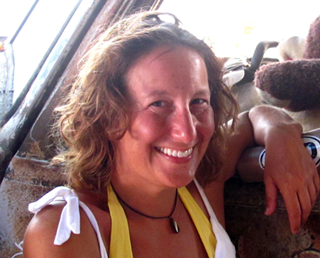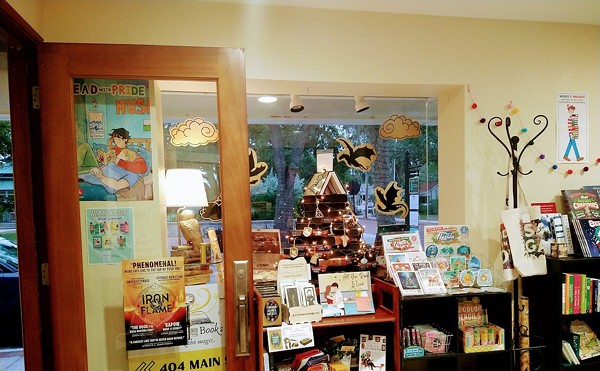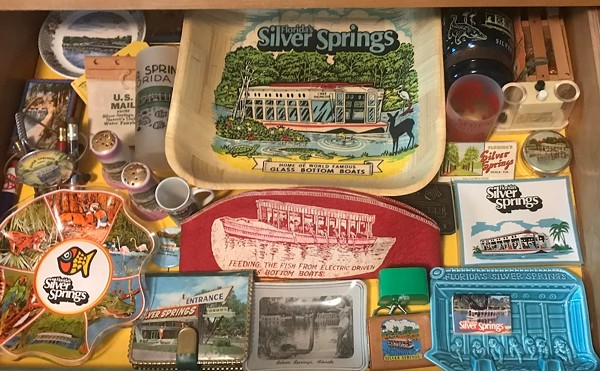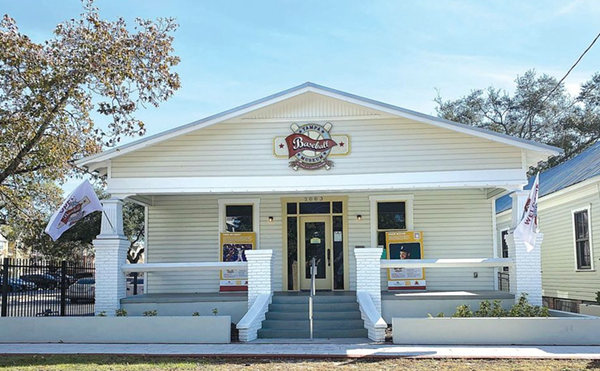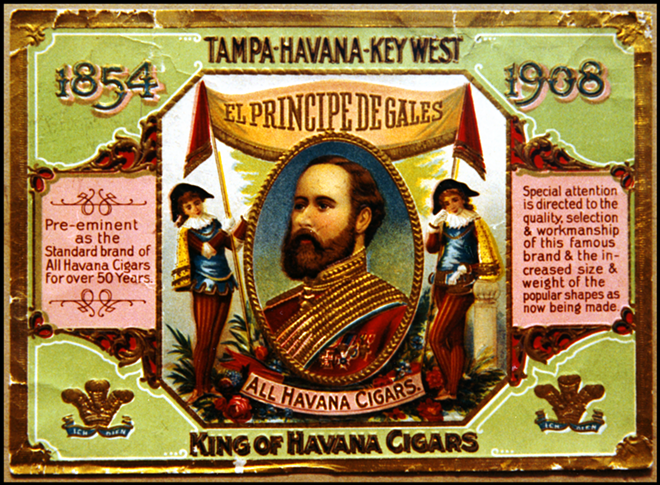
We couldn’t have Cuban sandwiches without cigar tariffs. Strange but true, and a testament to the serendipity of history. Chaos theory calls this “the butterfly effect.” Food historians call it “without the tariff and a fire, we’d have to say the Cuban sandwich was invented in Key West.”
Ah, well, you know what they say: Potato ball, papas rellenas...
But back to Ybor and cigars and sandwiches.
Meet Vincente Martinez Ybor. He’d been born towards the end of the second decade of the 19th century, but not in Cuba — in Valencia, Spain. The Ybors can trace their lineage to the Moorish occupation of Spain’s Iberian peninsula in the eighth century; in the early part of the 19th century they’d fought French invaders. By all accounts, Ybor was an aristocrat — and that’s how he found himself in Cuba. Spain, nearing the end of its colonial period, found itself enmeshed in military skirmishes, and Ybor’s parents wanted their son to have no part in that, so they used their considerable power and wealth to have him stationed in Spanish-owned Cuba as a storeroom clerk.
Ybor soon found himself enchanted by the cigar industry; he both brokered cigars made by others and had his own operation in place. His business did well; the Tampa Weekly Tribune wrote that “the goods he made with such integrity brought the young manufacturer new customers each week while he retained the patronage of his older friends.”
In 1866, though, the tides started to turn. Spain, facing revolution from Cuban nationalists who resisted the not-so-benevolent dictatorship of Spain, began levying strong taxes on Cuban property and goods — up to 12 percent. Ybor had remained loyal to Spain amidst growing Cuban unrest, but these taxes changed his mindset, and he secretly began supporting the resistance. When evidence mounted that he was sympathetic to the Cuban nationalists and the Spanish government issued a warrant for his arrest — and his assasination — he fled to Key West.
Two years later, the Ten Years’ War erupted in Cuba, and more Cubans, wishing not to serve the Spanish army, fled to Key West, where they found Ybor waiting — and his business grew sufficiently until 1885, when a perfect storm of seemingly unrelated things would yield Ybor City. First, Henry Plant brought his railroad to Tampa, where trains met with steamers bound for Havana and Key West. Next, cigar workers in Key West went on strike, and after several months, Ybor decided to check out the Tampa area — and several other cigar makers followed. Ybor did maintain a factory in Key West after his exodus to Tampa, but not for long. In the last week of March, 1886, Key West sent its lone steam fire engine to New York City for repairs, which is why, on April 1, the city was unable to extinguish a devastating fire that destoyed Ybor’s factory — and two-thirds of Key West’s business district. Ybor’s new life in his new town — Ybor City — was ensured.
While Key West at one time had 100 cigar factories, by 1910 Ybor City (and the surrounding area) had 150 factories and the Ybor City cigar industry employed more than 10,000 workers.
As Ybor City grew, it attracted a melting pot of immigrants, a sort of Ellis Island of the New South — around this time, Tampa had not quite 40,000 residents, comprised of 14,000 Cubans, 7,500 Spaniards and 1,500 Italians, putting its percentage of foreign-born residents higher than New York City that same eyear — more than half of Tampa’s residents were born on foreign soil.
Speaking of that cultural melting pot, Ybor was not solely a Latin community — Romanians, Jews, Germans and Chinese immigrants found themselves carving out a new life, and each ethnic group — much like in parts of America — had a lasting effect on our community. While it was the Cubans who rolled the cigars, it was the Germans who created the cigar box art; the Italians with salami that may or may not have been Genoan, who contributed to the Cuban sandwich, a delicacy of pork, pickles and, yes, Cuban bread.
From there, Ybor City grew, influencing world affairs as it helped bring about another Cuban revolution when Jose Marti stayed in Ybor — across the street from CL’s present-day office — and plotted with other Cuban nationalists to gain Cuba its independence.
The cigar industry allowed Ybor City — and its new Americans — a pleasured existence until the stock market fell. From there, Ybor City’s fortunes changed. Cigars, traded for less-expensive cigarettes during the Depression, no longer fostered the economic opportunity they once did, and so people, seeking work, moved away. After World War II, the Veterans Administration offered returning veterans fantastic terms on mortages for new homes, but not the wooden casitas that lined the city, and so the population changed. With the advent of the Eisenhower Interstate System, I-4 irrevocably altered the city, cutting it in half. And while the mid-20th century saw two Latin mayors, Nick Nuccio and Dick Greco, the same timeframe saw the “Latin Quarter” project start — old buildings were razed to create faux historical appeal on par with New Orleans’ French Quarter — and falter, as those lots remained vacant, victims of funding promised but never delivered.
As heartbreaking as Ybor City’s depressed economic situation was, it allowed for new growth, unforseen by its Cuban visionaries. Creatives could afford what some might call hovels, and so art descended upon this tiny community founded by expats and cigar aficianados.
There, then, came Ybor’s new era: Theo Wujcik, The Castle, then, later, a re-imagined Centro Ybor, the Honey Pot, the Ybor Arts Colony, Samurai Blue ... the evolution of this community continues. Eight years ago, the Church of Scientology (with a history of buying historic buildings on the verge of demolition by neglect) bought Vincente Martinez Ybor’s original cigar factory (in which CL rents space).
Community evolves. And, like a butterfly flapping its wings, we will not know what unseen effect our actions have on the future.
On September 7, Ybor City celebrates the birth of Vincente Martinez Ybor.
Happy birthday, sir.
And thank you.
Cathy Salustri is the arts + entertainment editor for Creative Loafing Tampa. Contact her here.


